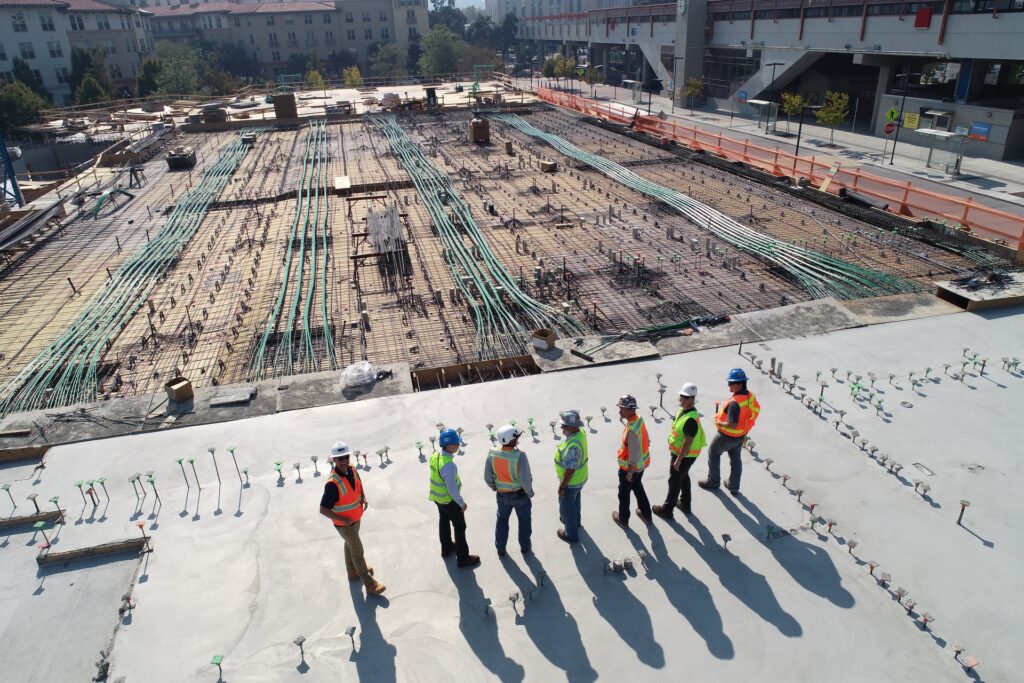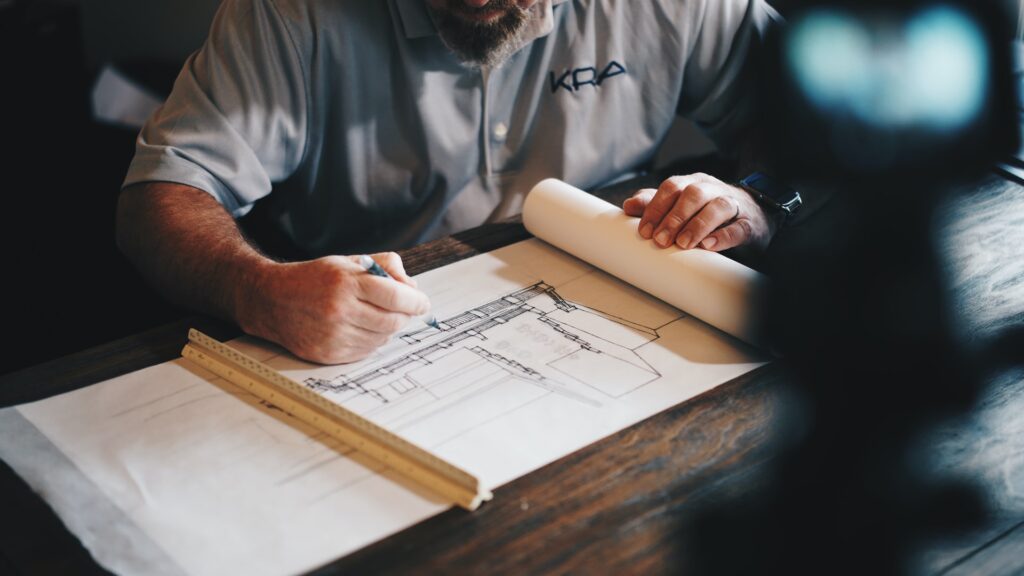
To say that Building Information Technology (BIM) has revolutionized the construction industry would be an understatement. Since Autodesk put forward the idea in the early 2000s, the technology has grown in leaps and bounds, allowing stakeholders and contractors to visualize almost every facet of the construction project before the ground for the foundations is broken. What follows is a list of the top 10 benefits currently by construction firms that have adopted BIM technology.
1. Centralized Information

The building industry as a whole works with vast amounts of information daily. For those working in urban environments, the factors involved can be staggering, and those in rural environments have a separate frame of reference for information that can be equally as daunting.
There is often a misconception that BIM is just fancy 3d Modelling, according to revizto.com it is so much more. BIM can be seen as a place where information can be centralized. The site’s aerial photographs, elevation maps, and laser scans can be incorporated seamlessly into the model, allowing contractors, engineers, architects, and clients access to a wealth of information to make better decisions going forward.
2. Less Waste
One of the drivers of the success of the BIM market, expected to top over 16 billion USD in 2025, is potentially to reduce waste, save time, and money. This comes down to the technology allowing the various building disciplines to work off the same page, so to speak. No longer is there the need to send drawings off to another contractor for them to draw up new drawings along with their plans. If all parties have access to the 3D model amendments can be made to the model. This also prevents costly and time-consuming errors from occurring during construction.
3. Test and Simulate

Over the year’s constructors have been able to add packages that further improve their chosen BIM package. Some of the most useful plugins must be the ability to simulate a variety of conditions. Whether calculating the building energy performance of simulating the sun’s path during various seasons, meaningful changes can be made to design to deliver a superior product. Such packages also include advanced physics engines to test delicate design features keeping engineers and architects on friendly terms.
4. Improved Conflict Resolution
Conflict and building sites are often seen as a match made in heaven, but this does not have to be the case. BIM technology allows for the automation of clash detection between the various disciplines. This is done even before an electrical conduit clash with a plumbing feature. This prevents costly on-site clashes between disciplines and verbal clashes between contractors. The model can further be used to make sure that components built off-site will fit seamlessly with those on-site, saving time and costs. A healthier work environment can be strived for with the use of BIM.
5. Step Sequencing

For the most part, we have looked at the model as a whole but that whole can be divided into smaller sections. In turn, those sections can be sequenced in steps helping make sure that the time spent on site is used as optimally as possible. Step sequencing also helps in focussing the team’s attention on the task at hand, rather than being overwhelmed by the apparent enormity of a project.
6. Better Presentations
Even if the project runs smoothly problems will inevitably crop up, this is the reality of construction. Changes to the model to represent realities on site can be easily made. Further, stakeholders and investors can be presented with the challenges and their solutions visually by the use of the model. This helps keep everyone on the same page and those who have invested can remain confident in their investment.
7. Old School meets New School

For projects where some are still more comfortable using older technologies to draw ups plans, elevations, and sections their work can be included in the BIM model. This is done by several automated processes to add these old school plans to the new school model. This is most advantageous to maintaining high levels of knowledge transfer, independent of chosen technologies.
8. In the Cloud, on the Site
As the model is based upon a set database it is not limited as to where it can be viewed. Recently, through the adoption of cloud technology, the database can be stored in the cloud so that information can be accessed whether in the office or on the site. This ability is further supplemented by the technology being available of multiple devices and operating systems, helping ensure those who need access to the model have got it.
9. Greater Collaboration

When reading the above benefits, one thing automatically jumps to mind, namely collaboration. It has to be the technology’s ace in the hole. The technology drastically increases the ability to collaborate meaningfully on projects and allows every party involved the ability to visualize the finished product and work together to get there.
Greater Control
Along with greater collaboration, technology provides a greater level of control over the project. In the planning phase and even once the building has begun, features like autosave and project history allow all changes to be saved and who made the changes. As the model may be owned by one company it can still be shared across disciplines this almost acts like a data backup preventing loss of important changes or the model completely, potentially setting back a project by months or even years.
Conclusion
These are just some of the advantages builders are seeing every day with BIM technology. The future looks even brighter for the technology when one sees how virtual reality can be used to model in a virtual space allowing walk-throughs of the model. Advancements in machine learning and AI will further supplement error and clash detection in the near future.







